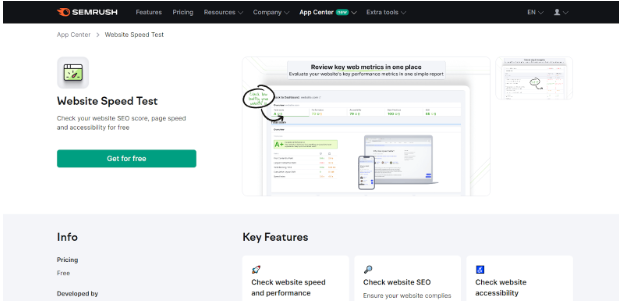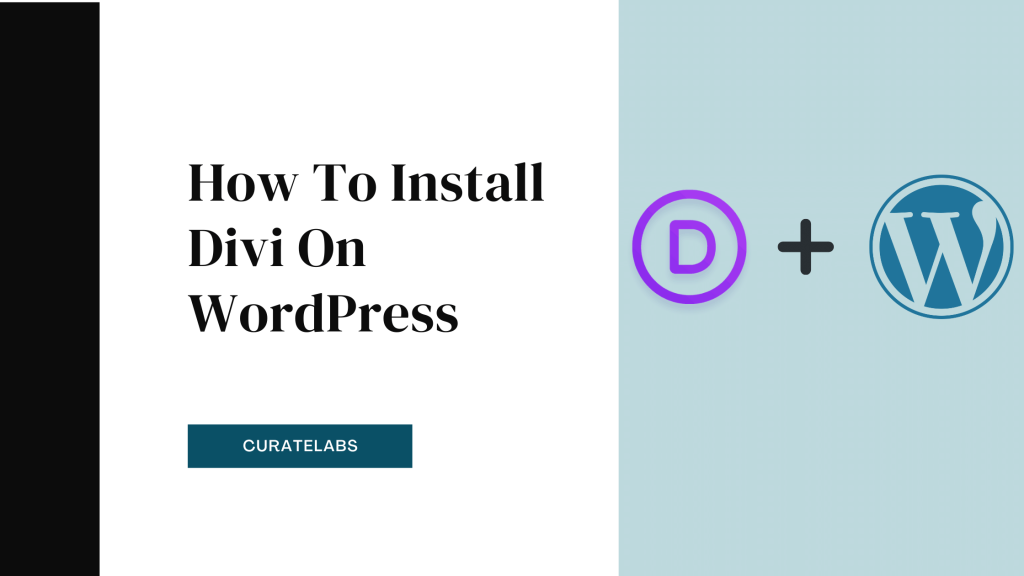Simply having a website is not enough for it to perform well—it needs to be designed to appeal to users and satisfy the search engine algorithms that determine its visibility and ranking.
This is where the symbiotic relationship between website design and search engine optimization (SEO) comes into play. Website design is not just about aesthetics; it can significantly impact a website’s search engine performance.
Search engines evaluate various design-related elements when crawling and indexing websites, and a well-designed website can greatly enhance a site’s visibility and organic traffic.
In this elaborate article, we will explore how website design affects SEO and check how tools like Semrush can help optimize your website’s design for better search engine results.
Let’s get going!
Does Website Design Affect The SEO Of A Website?
Absolutely. An SEO-friendly website design is a crucial factor in SEO, as it can either enhance or hinder a website’s search engine performance.
Search engines, such as Google, use various factors to evaluate and rank websites, and website design plays a significant role in this process.

The design of a website can impact various SEO-related aspects, including user experience, content structure, technical optimization, and more.
A well-designed website that prioritizes these elements can significantly improve a site’s search engine rankings and visibility, ultimately driving more organic traffic to the business.
For example, our website designer shares his experience:
“The website layout matters a lot in the SEO game. For instance, if we have a website with a ‘Newspaper theme’ and change it to ‘Astra,’ there is a 70% chance for the website to increase search engine rankings. On the other hand, if the same case is reversed, it can also affect a website’s performance badly.”
Check out this video to understand more about the role of website design in SEO:
With that in mind, let’s learn more about its role and how to optimize and improve your website design for higher rankings!
What Is the Role Of Website Design In SEO?
Search engines evaluate various design-related elements when crawling and indexing websites, and a well-designed site can significantly enhance its visibility and organic traffic.
In this section, we’ll explore the key ways in which website design affects SEO.
1. User Experience (UX) & Usability
A positive user experience is a crucial factor in SEO, as search engines aim to provide their users with the most relevant and valuable content.
Website design aspects such as – clear navigation, mobile-friendliness, and fast loading speeds can greatly impact user engagement and dwell time, which are important ranking signals for search engines.
When users have a seamless and enjoyable experience on a website, it signals to search engines that the site provides valuable content and a satisfactory user experience.
Conversely, a poorly designed website with confusing navigation, slow loading times, and issues on mobile devices can be the reason for high bounce rates and low engagement, which can negatively affect a site’s search engine rankings.
2. Content Structure & Readability
The way content is structured and presented on a website can also influence its SEO performance.
Search engines prefer websites with a well-organized content hierarchy, clear headings and subheadings, and easy content for users to read and navigate.
By using white space, bullet points, and relevant images, you can enhance the readability and visual appeal of your website’s content, which can improve user engagement and signal to search engines that your site provides a positive user experience.
3. Internal Linking Strategy
A well-structured internal linking strategy is another crucial aspect of website design that can impact SEO.
Internal links help search engines understand a website’s content hierarchy and information architecture, making it easier for them to crawl and index its pages.
By incorporating relevant anchor text and strategically placing internal links, you can guide users and search engines to your website’s most important pages, improving your content’s discoverability and overall SEO performance.
4. Technical SEO & Code Optimization
While website design may not directly affect technical SEO, the two are closely intertwined. Elements such as clean code, optimized images, and structured data markup are essential for improving a website’s crawlability and indexing by search engines.
By ensuring that your website has a strong technical foundation, you can create a solid platform for your design and content to shine, ultimately leading to better search engine performance.
Optimizing Website Design For SEO
To optimize your website’s design for SEO, you should consider the following strategies:
1. Conduct Keyword Research

Start by researching and identifying the keywords and phrases your target audience is searching for. This information can help you align your website’s content and structure with the user’s intent.
You can use tools like Semrush to complete the process, and this blog provides guidelines for using Semrush keyword research. The free plan of Semrush offers limited access to the keyword research tool but with the exclusive discount offers from Sem.discount, you can buy the premium plan of Semrush and use the premium features of Semrush without any restriction.
2. Implement Responsive Design

Ensure that your website is mobile-friendly and responsive, as Google has prioritized mobile-first indexing, meaning it evaluates the mobile version of your site as the primary version.
3. Create High-Quality, Engaging Content

Develop relevant, informative, and valuable content for your target audience. This will improve user engagement and signal to search engines that your website provides a positive user experience.
Google takes its content very seriously now, and you cannot dump anything there and get away with it. With its new helpful content update, Google wants to focus on the people’s first content and give their visitors a satisfying experience.
With this update, the use of AI in your content generation process is at your discretion, but the Semrush Content Shake AI can be a great addition to your toolkit if you decide to.
Remember to keep your content well-flowing and assist in keeping the reader’s experience positive in terms of its alignment and formatting, too!
4. Optimize Images And Media

Optimize your website’s images and multimedia elements by using appropriate file formats, compressing file sizes, and including descriptive alt text and captions.
Some professional SEO tools, like Semrush, can address all of the above points, help iron out the problems, and share solutions to improve website design and SEO.
How To Improve SEO For A Website With Website Design
To further enhance your website’s SEO through design, consider the following strategies:
- Utilize Comprehensive SEO Tools: Tools like Semrush provide in-depth insights into your website’s design and technical SEO factors, helping you identify areas for improvement.
- Implement Schema Markup: Incorporate schema markup into your website’s code to provide search engines with additional context about your content, which can lead to enhanced snippet display in search results.
- Optimize for Page Speed: Ensure your website loads quickly by optimizing images, minimizing HTTP requests, and leveraging browser caching. Fast-loading websites provide a better user experience and are favored by search engines.
- Optimize for Voice Search and Featured Snippets: Design your website’s content and structure to cater to voice search queries and featured snippets, as these can significantly improve your visibility in search results.
Conclusion: Website Design Is Crucial For SEO
The relationship between website design and SEO is undeniably crucial in the digital landscape.
Optimizing your website’s design with SEO in mind can achieve a seamless user experience, better technical SEO, and, eventually, higher website exposure and rankings in search engine results.
Remember, website design is not a one-time endeavor – it’s an ongoing process that requires continuous optimization and adaptation to the ever-evolving search engine algorithms.
By implementing the strategies outlined in this article, you can ensure that your website’s design and SEO efforts work harmoniously to drive more organic traffic and better serve your target audience!
FAQs
Website design can significantly impact various SEO-related factors, such as user experience, content structure, internal linking, and technical optimization, all of which are crucial for search engine visibility and rankings.
The key elements of website design that impact SEO include user experience (UX) and usability, content structure and readability, internal linking strategy, and technical SEO (e.g., clean code, optimized images, structured data).
Best practices for optimizing website design for SEO include conducting keyword research, implementing responsive design, creating high-quality and engaging content, optimizing images and media, and submitting a sitemap to search engines.
A well-designed website alone cannot guarantee high search engine rankings. While website design is a crucial factor, other SEO elements, such as content quality, off-page optimization, and technical SEO, also play a significant role in determining a website’s search engine performance.
To measure the impact of website design on your SEO efforts, you can use various analytics tools, such as Google Analytics and Search Console, to track metrics like user engagement, bounce rate, and organic traffic. Additionally, tools like Semrush can provide in-depth insights into your website’s technical SEO and design-related factors.

